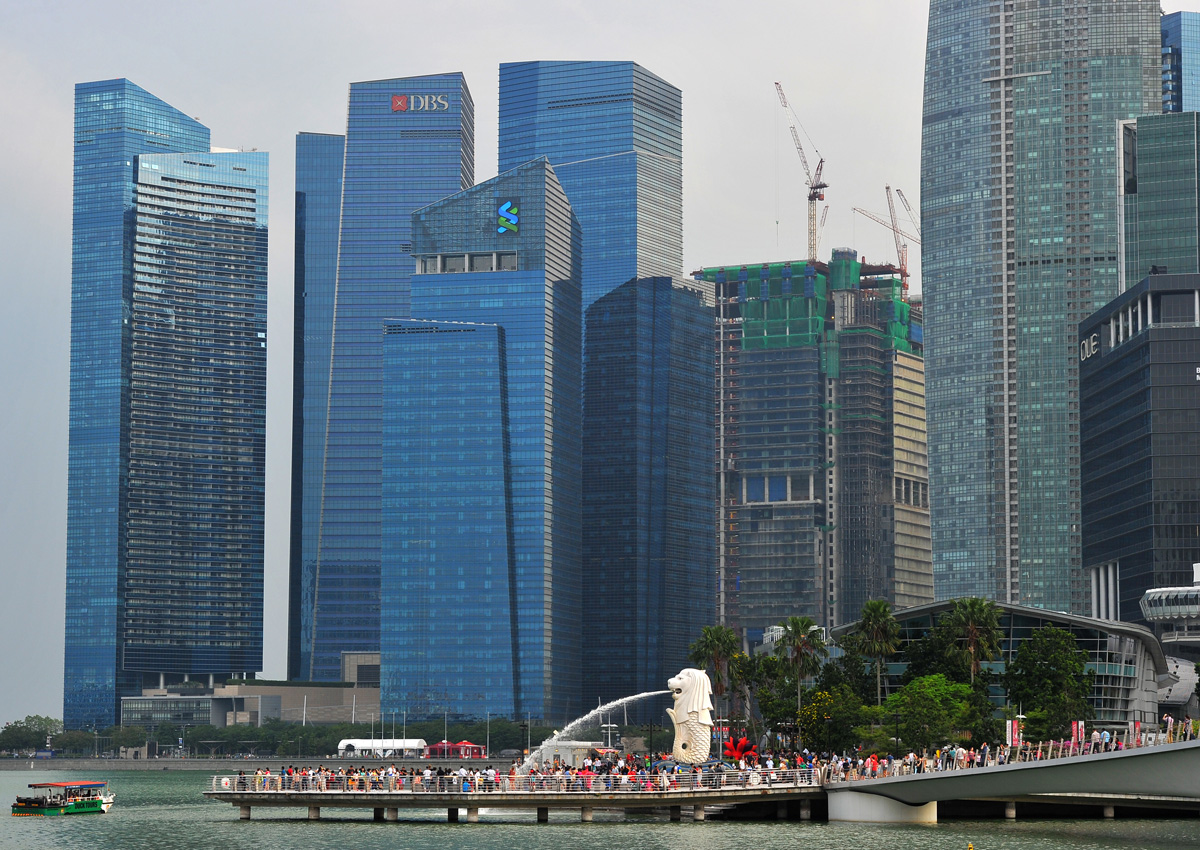The first Budget of the Govern- ment’s new term was unveiled yesterday – a prudent plan that balanced targeted relief for companies and households with the longer-term objective of getting them future-ready.
Finance Minister Heng Swee Keat, delivering his maiden Budget, set the tone early on in his relatively compact speech.
With SG50 celebrations over, it was time to plan for Singapore’s next 50 years, he said.
On the economic front, this means not just helping firms and industries ride out current economic uncertainties but, more importantly, transforming them through deeper innovation and collaborations.
Workers, who will have to adapt to changing job demands, will get further help to learn new skills, and the most vulnerable households will get enhanced support to ensure they do not get left behind.
“Core for us to succeed is the spirit of partnership,” declared Mr Heng, who circled back often to this theme.
“Together, we are weaving a rich tapestry – each thread a different colour and texture, but woven together to give strength and resilience to our economy and our society.”
Mr Heng acknowledged that firms are facing tough conditions, from rising costs to slowing export demand.
But while the outlook is subdued, he noted that the economy is still expected to grow.
“We must not let pessimism take hold, lest it creates self-fulfilling expectations. The Government will continue to monitor the situation, and stands ready to act if conditions warrant.”
Nonetheless, he announced a package of measures to provide smaller companies with some short-term relief, such as raising the corporate income tax rebate from 30 to 50 per cent and a new scheme to help small and medium-sized enterprises (SMEs) borrow working capital more easily.
But firms hoping for further delays to foreign worker levy hikes would mostly have been disappointed – he deferred levy increases for work permit holders in only the marine and process sectors, for a year.
Mr Heng stressed that even as firms navigate the current uncertainties, they must keep their eye on the future.
“The global economic landscape is changing, and our challenges are pressing. We have a narrow window. We must find every opportunity to transform, to emerge stronger in the coming years.”
To that end, Mr Heng unveiled an Industry Transformation Programme (ITP), estimated to cost $4.5 billion over five years and mostly aimed at helping SMEs scale up.
It envisions technology and innovation at the core of Singapore’s SMEs, setting aside over $450 million to encourage SMEs to adopt robotics and other forms of automation.
A new $100 million one-stop trade information management system will enable businesses to share data electronically with one another and the Government, giving them capabilities associated with much larger international firms and potentially over $600 million worth of man-hour savings each year.
While helping businesses prepare for the future economy, the Budget also kept an eye on individuals and households.
A new “Adapt and Grow” initiative will see the current system of government wage support for local hires expanded to cover more jobs and workers.
Low-wage workers will benefit from enhancements to the Workfare Income Supplement scheme, which will now have higher, more frequent payouts and simplified criteria.
Mr Heng also gave details of how the Silver Support Scheme, which supports the most vulnerable seniors, will work.
It will pay out between $300 and $750 every quarter to those eligible, benefiting 140,000 senior Singaporeans.
At the other end of the scale, babies born from yesterday will receive $3,000 in their Child Development Accounts, while a pilot initiative called KidStart will see about 1,000 underprivileged children get learning, developmental and health support in their first six years.
As a result of all these, total government expenditure this year is estimated to be $73.4 billion, the largest ever and a rise of 7.3 per cent from financial year 2015’s $68.4 billion.
Despite this, the Budget will see a surplus of $3.4 billion, thanks to the inclusion of revenue contributions from Temasek Holdings.
Analysts said the Budget was a prudent one, with Mr Heng balancing short-term concerns and long-term challenges.
He “maintains a fine balancing act as he tiptoes along this fiscal tightrope,” said ANZ economist Ng Weiwen.
“While there are near-term assistance measures to support the economy, an eagle eye is still maintained on pursuing a productivity-driven growth model in the medium term, aiming to raise productivity from current levels of productivity growth which are close to zero per cent.”
Economists also welcomed the ITP, which they saw as a big push at driving innovation through a more targeted approach by sector, and integrating restructuring efforts.
Singapore Management University economist Hoon Hian Teck said: “There’s always been talk about this, but I must say I walk away from listening (to Mr Heng) feeling that I’ve heard a game plan for the next 50 years. And it makes me a bit more hopeful – I think we’ve identified what are the things we have to do to engineer ourselves for the future.”
yasminey@sph.com.sg

This article was first published on March 25, 2016.
Get a copy of The Straits Times or go to straitstimes.com for more stories.







